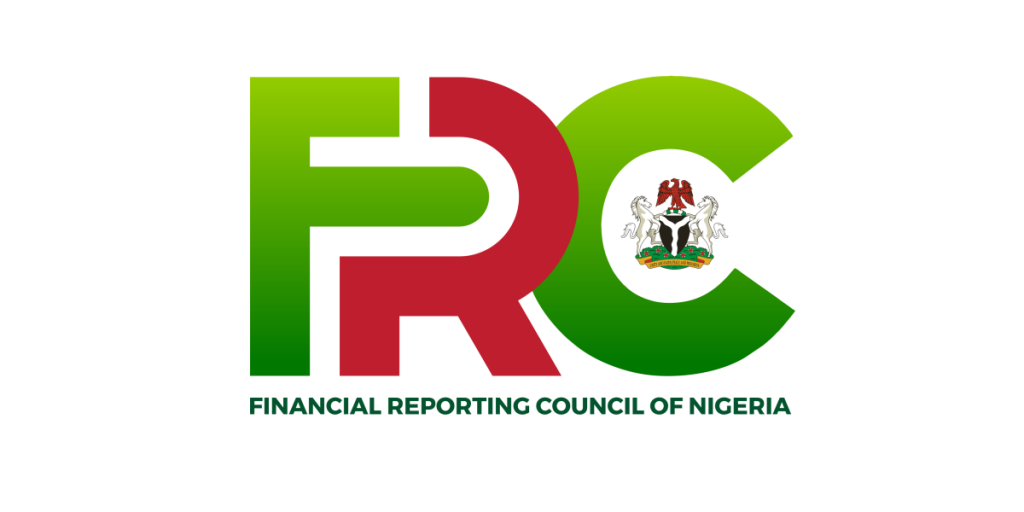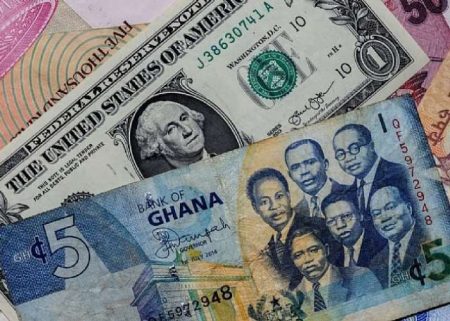The Financial Reporting Council of Nigeria (FRC) has unequivocally stated that the Nigerian economy does not qualify as hyperinflationary, despite recent macroeconomic indicators pointing towards significant inflationary pressures. The FRC’s position contradicts suggestions based on data from the International Monetary Fund (IMF) and the National Bureau of Statistics (NBS), which reveal a high inflation rate. The council’s determination rests on a rigorous assessment of Nigeria’s economic landscape against the criteria stipulated by the International Accounting Standard 29 (IAS 29), the benchmark for financial reporting in hyperinflationary environments. According to the FRC, Nigeria fulfills only one of the five crucial conditions outlined in IAS 29.
IAS 29 provides a framework for identifying hyperinflationary economies based on a set of distinct characteristics. These indicators encompass a prevailing preference for non-monetary assets over currency, the widespread use of stable foreign currencies for daily transactions, the practice of adjusting prices for credit sales to reflect inflation, the linkage of wages and prices to established price indices, and, most significantly, a cumulative inflation rate surpassing 100% over a three-year period. The FRC acknowledges that Nigeria’s three-year cumulative inflation rate has indeed exceeded the 100% mark, currently standing at 107.02%. However, the council maintains that the other defining characteristics of a hyperinflationary economy are conspicuously absent in the Nigerian context.
The FRC’s argument hinges on the continued prevalence of naira-denominated transactions and investments within Nigeria. The council notes the strong performance of naira-denominated financial instruments, such as Treasury bills and FGN savings bonds, which have consistently witnessed oversubscription, often reaching trillions of naira. This robust demand, according to the FRC, reflects enduring confidence in the local currency, contradicting the flight from currency typically observed in hyperinflationary scenarios. Furthermore, the FRC points out that the vast majority of goods and services within Nigeria are still priced and traded in naira, reinforcing the currency’s continued dominance in the local economy.
The FRC also underscores the absence of indexation to price indices in the determination of wages and interest rates, a key feature of hyperinflationary economies. In such economies, wages and interest rates are often tied to a price index to maintain their real value in the face of rapidly eroding purchasing power. However, this practice is not prevalent in Nigeria, further supporting the FRC’s assertion that the economy does not meet the criteria for hyperinflation. Similarly, the council observes that credit transactions in Nigeria are not typically adjusted to compensate for the potential loss of purchasing power due to inflation. Credit terms, according to the FRC, are primarily determined by contractual agreements, the risk appetite of lenders, and individual customer profiles, rather than being indexed to inflation.
The FRC’s conclusion, therefore, is that IAS 29, the accounting standard specifically designed for hyperinflationary economies, should not be applied to the preparation of financial statements in Nigeria for the 2025 fiscal year. This decision stands despite the acknowledged inflationary pressures and the recent rebasing of economic data by the NBS. The council maintains that the current economic situation, while experiencing inflationary pressures, does not warrant the application of IAS 29, as the fundamental characteristics of a hyperinflationary economy are not present. The FRC emphasizes that the single criterion met—the cumulative inflation rate exceeding 100%—is insufficient to classify the Nigerian economy as hyperinflationary in the absence of the other defining features.
Furthermore, the FRC cites recent positive economic developments, such as the reversal of the policy restricting the sale of crude oil in naira to the Dangote Refinery, as contributing factors to the relative stability observed in petroleum product prices. This policy reversal, along with other ongoing economic initiatives, is seen by the council as a positive indicator for the future trajectory of the Nigerian economy. The FRC has committed to continuous monitoring of economic indicators and has assured stakeholders that it will reassess its position on the applicability of IAS 29 should the economic landscape change significantly. This proactive approach ensures that financial reporting practices in Nigeria remain aligned with the prevailing economic realities.














